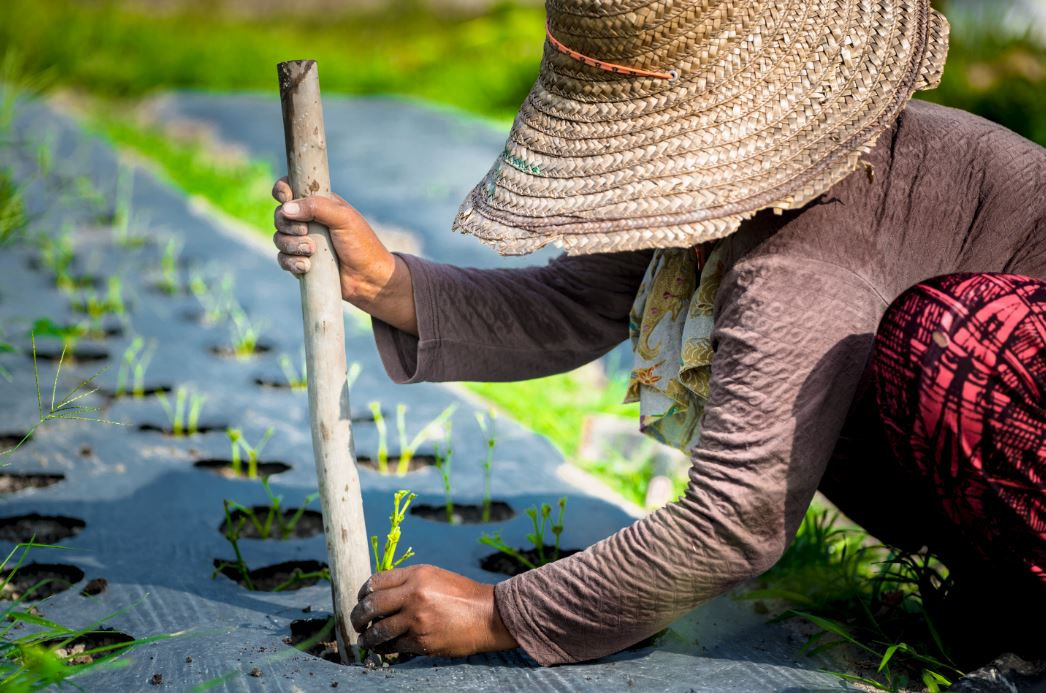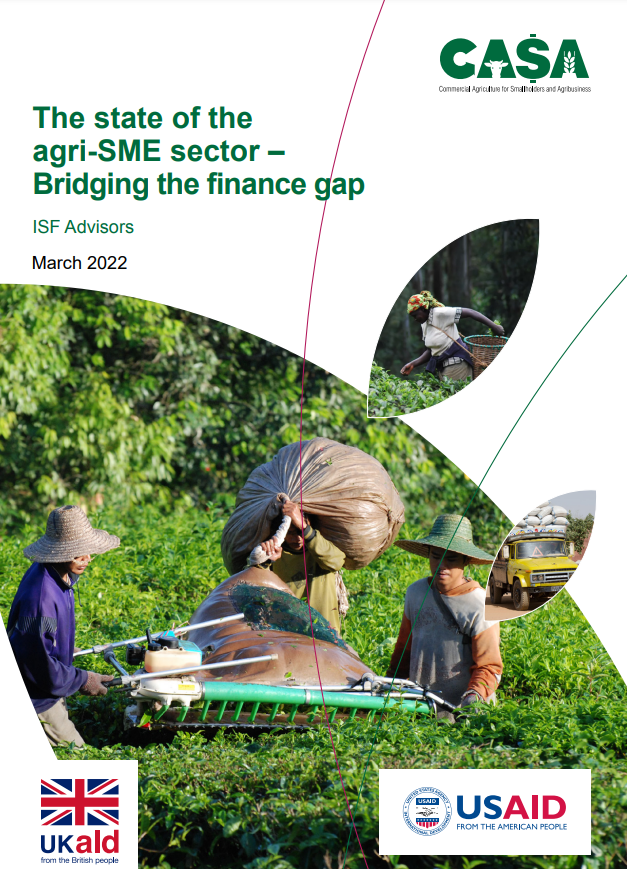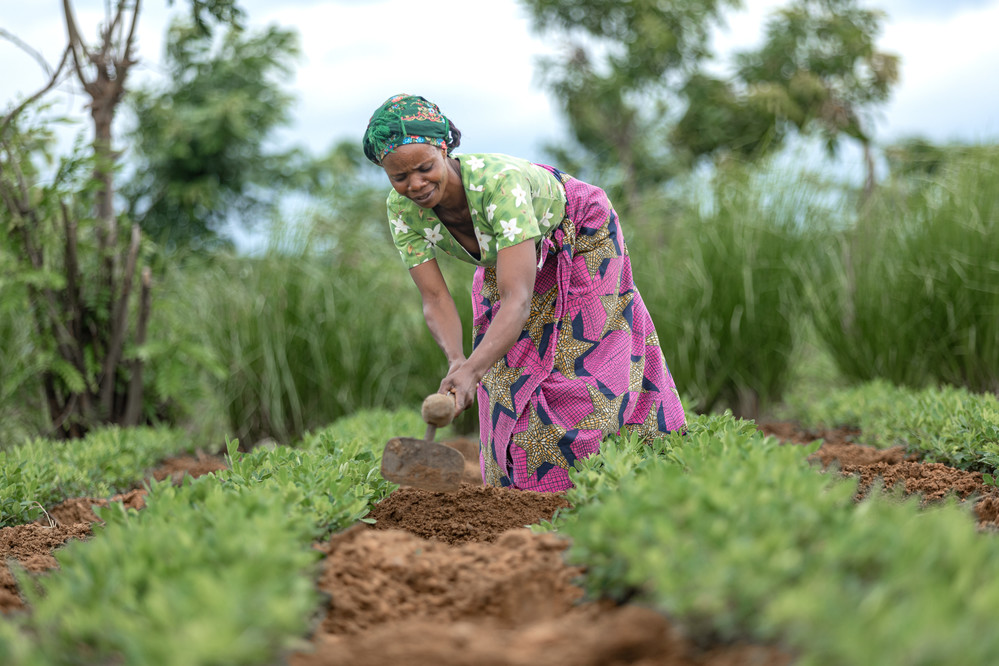On 30 March 2022, the Smallholder and Agri-SME Finance Network (SAFIN), the Commercial Agriculture for Smallholders and Agribusiness (CASA) programme and ISF Advisors co-organized a workshop for SAFIN members to have an early look at the new report ‘State of the Agri-SME Sector: Bridging the finance gap’.

Photo credit: IFAD/Francesco Cabras
The workshop was organized around the main findings and recommendations of the report, which emphasizes a sizeable gap of US$ 106 billion between the supply and demand for finance among agri-SMEs in sub-Saharan Africa and Southeast Asia annually. Building on the SAFIN-ISF Advisors agri-SME taxonomy, the report explores how SMEs experience different financing challenges and needs depending on their stage of growth and scaling trajectory. The report highlights four change priority areas to close this financing gap:
-
Growing the base of larger investable agri-SMEs to incentivize engagement by local finance service providers.
-
Developing the capacity, incentives and infrastructure for local banks and funds to profitably serve smaller, less commercial agri-SMEs over time.
-
Making blended finance more efficient and effective.
-
Building the infrastructure to mobilize and deploy significantly greater amounts of climate finance for agriculture.
Read the full report

Through participant questions and discussion at the workshop, the following key issues emerged:
1. Mapping financing needs across regions
The regional differences between sub-Saharan Africa and Southeast Asia greatly influence access to finance for agri-SMEs and the methodologies used to assess financing needs in these markets. For instance, Africa counts fewer upper-middle countries while more developed Southeast Asian markets have built an ecosystem for increased SME finance, including through state-owned agricultural banks For this report, the estimated financing gaps were informed by existing reliable data covering Asia, interviews with key stakeholders and previous estimates developed by ISF Advisors in Africa.
2. Incentivizing local banks to provide more capital to missing middle agribusinesses
Beyond making SMEs more attractive to local lenders and de-risking financial transactions, more efforts should be made to transform the approach of financial institutions to agricultural finance. This can be done by adapting their investment processes, including risk assessment, as well as their products and services to better align with the realities and needs of smaller, less commercial agri-SMEs in their markets. Workshop participants cited Aceli Africa for its approach to working directly with local lenders on blended models for agri-SME finance, as well as Apollo Agriculture for its approach to bundling various services through digital solutions. There is also need for standardized performance indicators to track and compare the efficiency of investment portfolios among these institutions.
3. Catalyzing agri-SME finance through blended structures
As the primary providers of sub-commercial capital for agribusinesses, Development Finance Institutions and Official Development Assistance providers are called upon to increase transparency, coordination and smart subsidies in order to mobilize more private capital through blended solutions. However, there is limited evidence of the impact achieved through blended finance and the increasingly complex blended structures have limited the ability of others to scale or replicate them. The need for shared language, performance metrics and benchmarks around blended finance for agriculture emerged as one potential solution to these challenges.
4. The urgent need to scale up agriculture climate finance
The report calls for climate considerations and expertise to be integrated into all channels of agri-SME finance and emphasizes the importance of adaptation over mitigation and nature-based solutions particularly for local farming systems. Discussion at the workshop highlighted the need to discern financial solutions aimed at building climate resilience from those seeking to reduce carbon emissions. While climate adaptation needs to be prioritized, its solutions also remain very specific to local contexts and ecosystems, and can be difficult to scale up.

